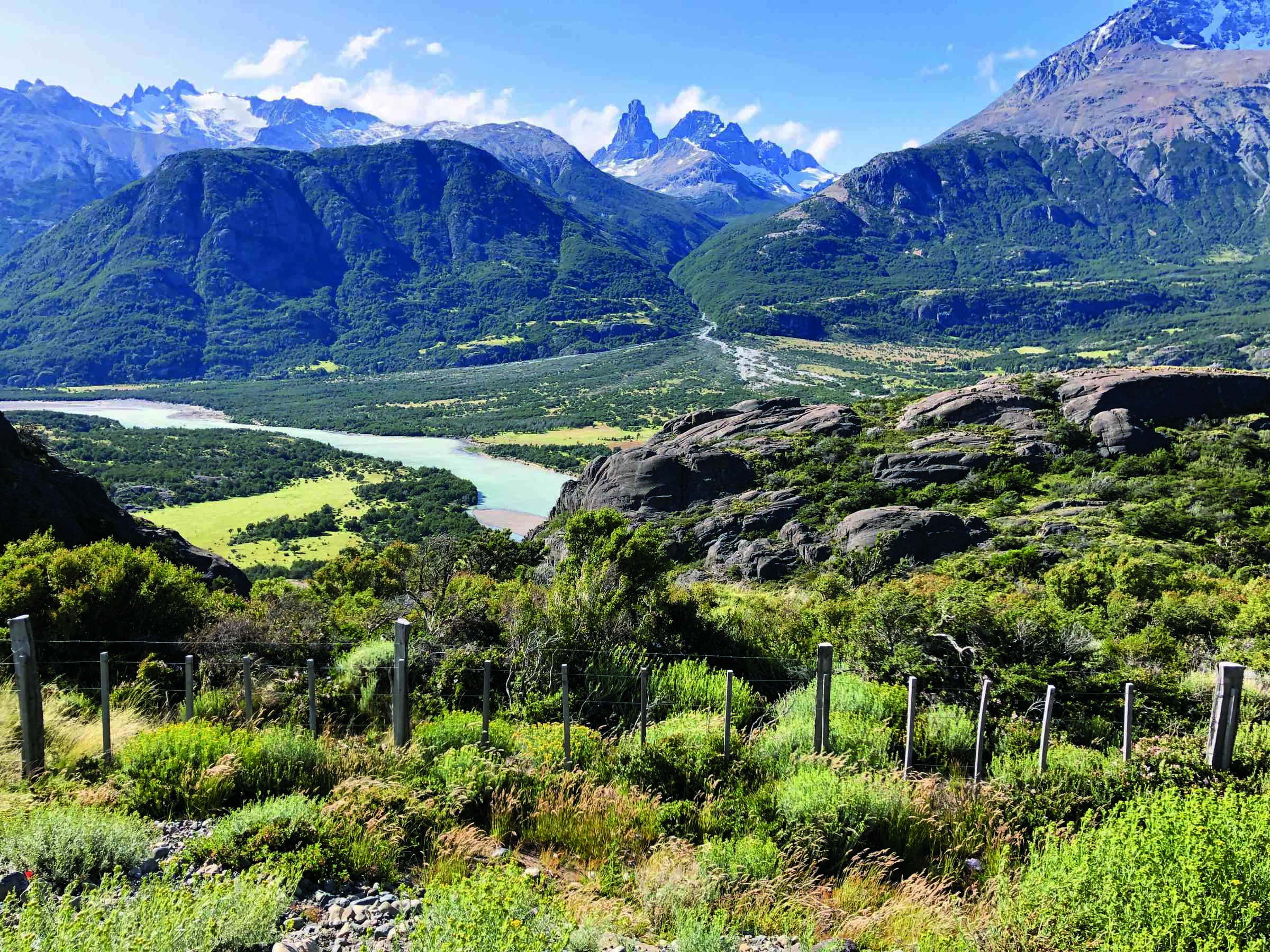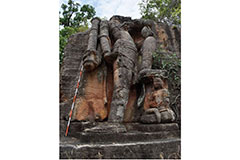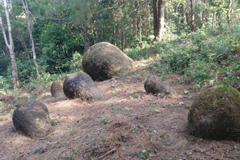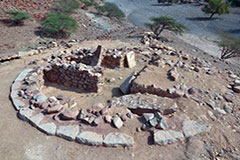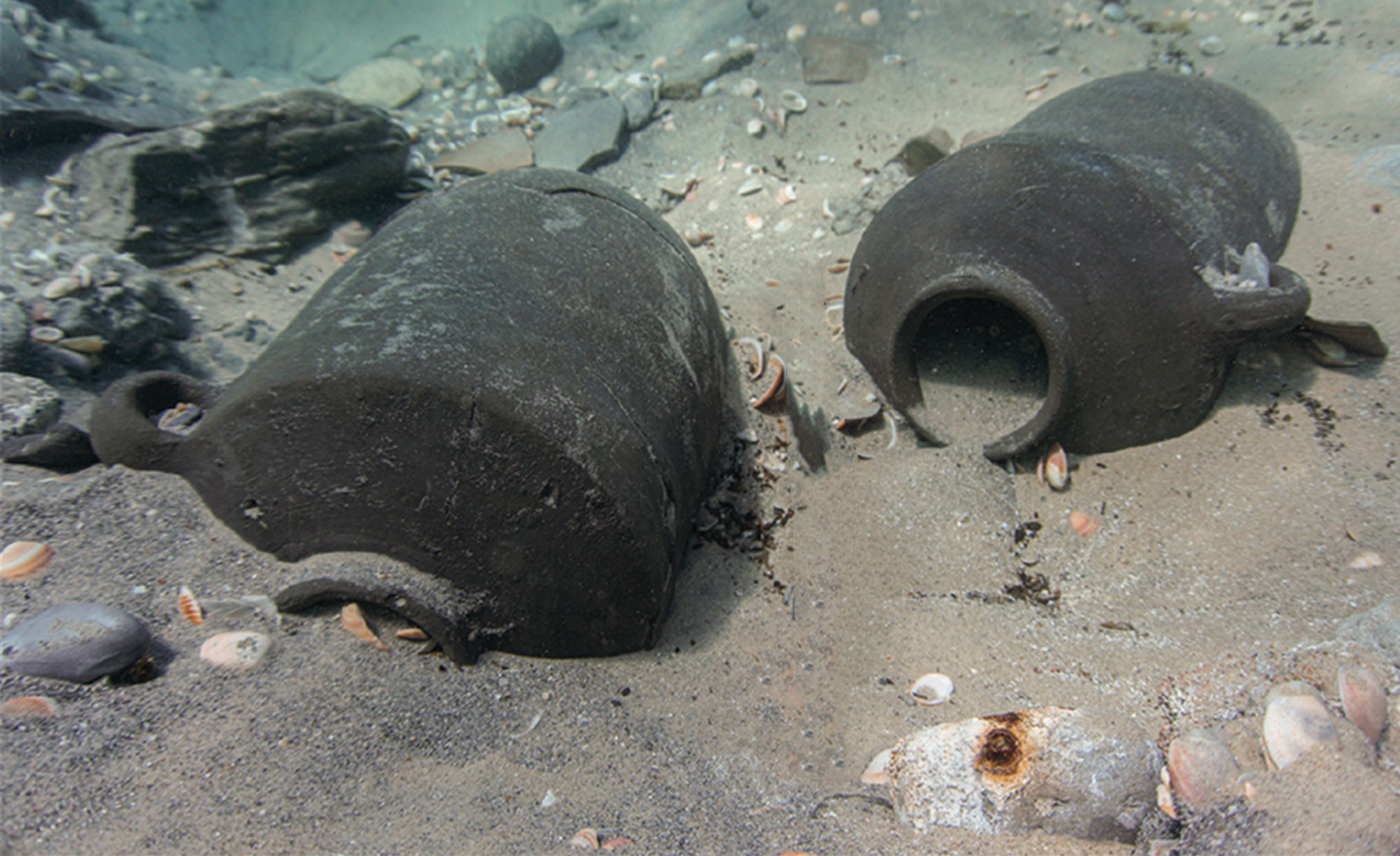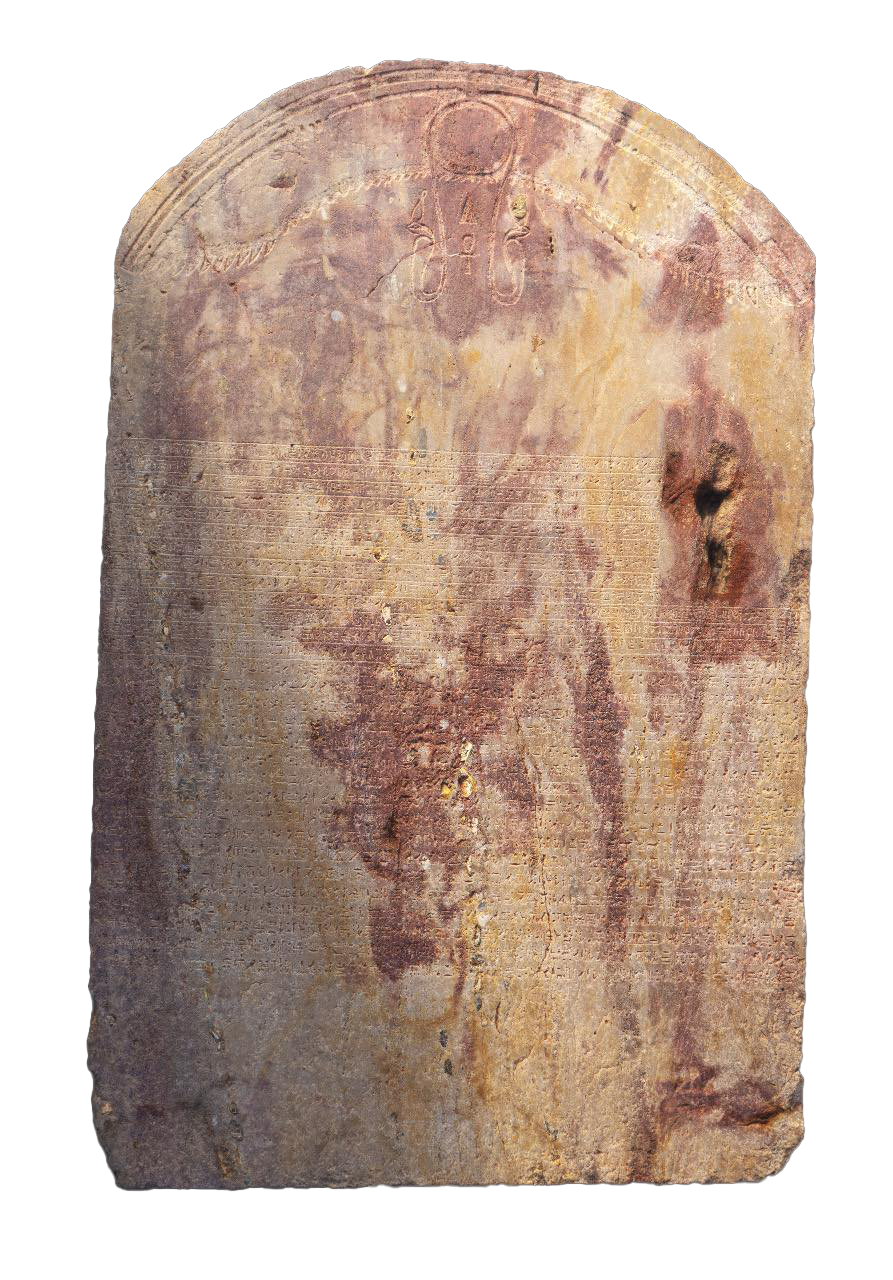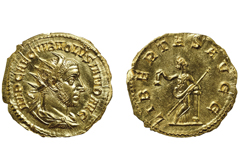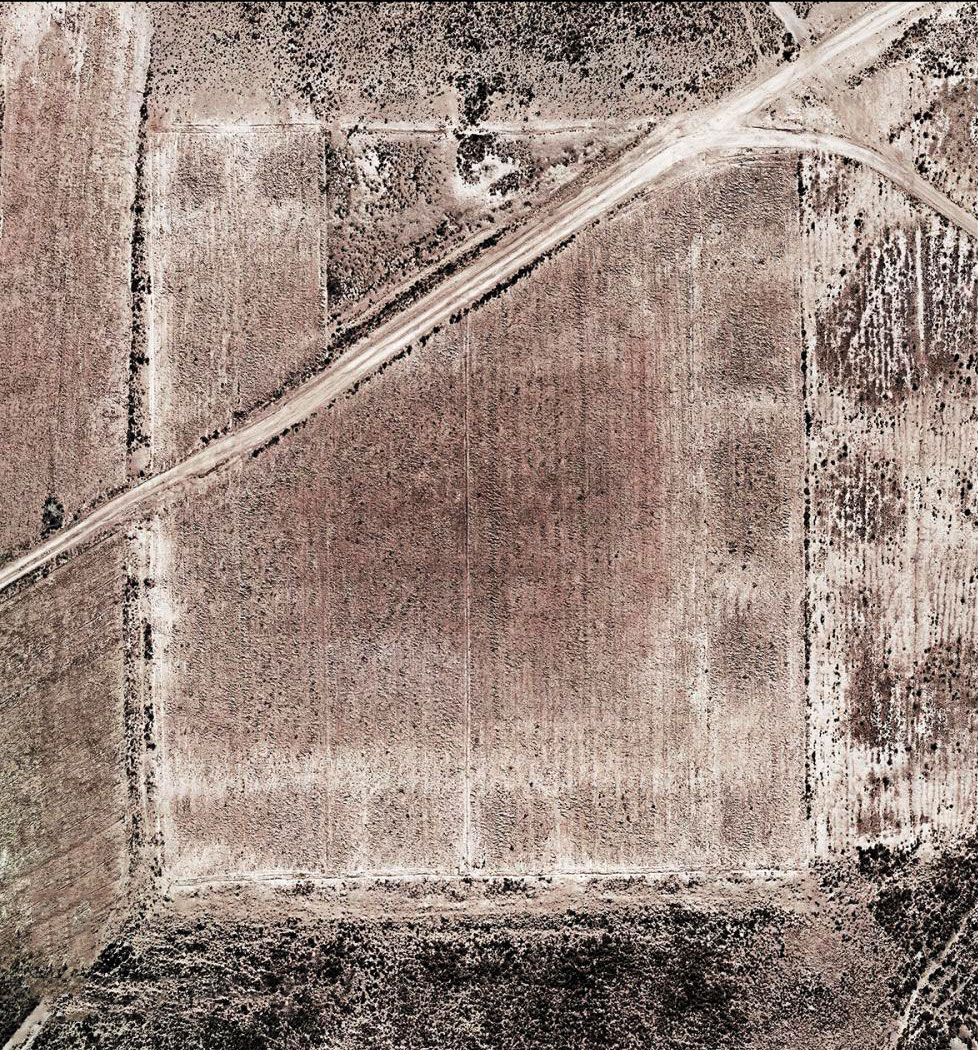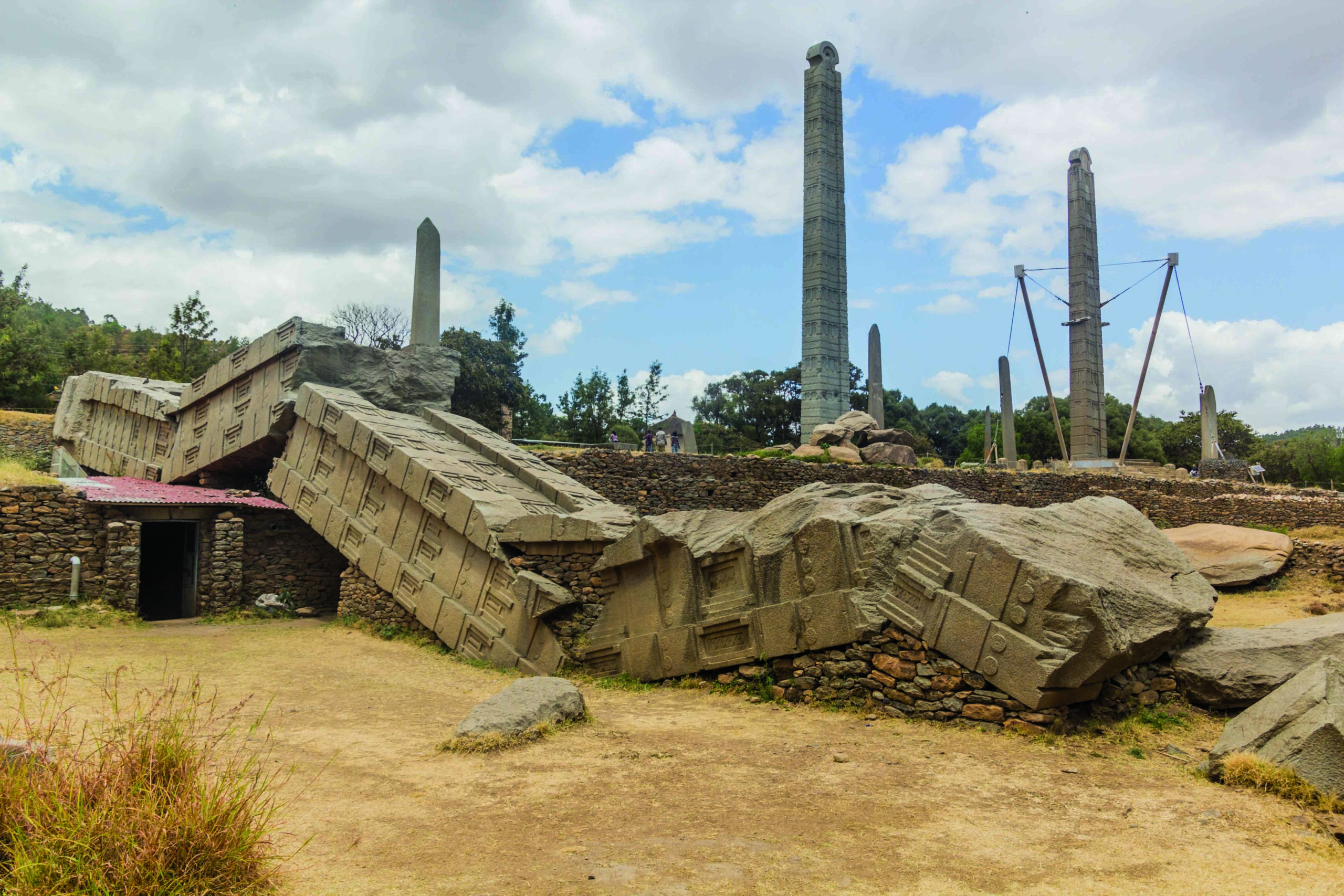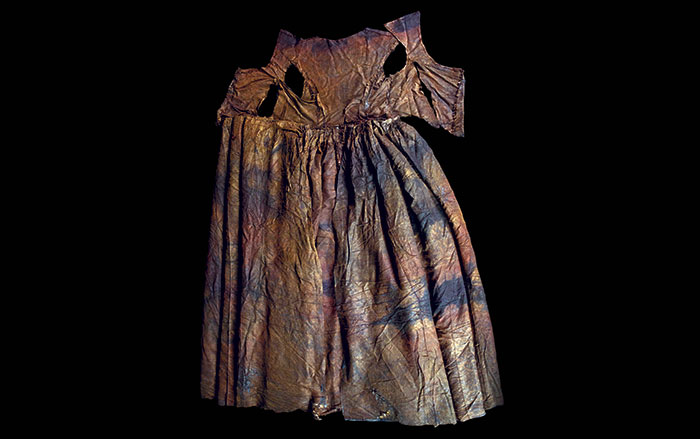
INDIA

INDIA: The Indus Valley civilization is known for its megacities and is considered one of the world’s earliest advanced cultures. It flourished between 2600 and 1900 B.C., but the causes of its collapse have been a mystery. Now, though, trace element analysis of stalagmites in a Himalayan cave indicates that, starting around 4,200 years ago, the region suffered a series of major droughts over the course of 200 years. These dry periods may have transformed the existing social structure, gradually forcing populations out of urban centers and into dispersed rural settlements.
Related Content
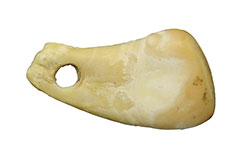
RUSSIA

RUSSIA: For the first time, a Paleolithic artifact has been directly associated with a specific person. Researchers used a groundbreaking technique to extract human DNA left on a deer tooth pendant found in Denisova Cave in Siberia. They determined that the piece of jewelry was made or worn by a woman who lived between 25,000 and 19,000 years ago. She was genetically related to a group of hunter-gatherers known as the Ancient North Eurasians, who typically lived farther east at that time.
Related Content
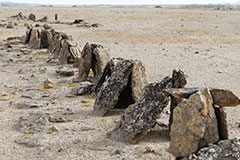
OMAN

OMAN: An archaeological expedition into the underexplored deserts of Dhofar and Duqm has made a wide range of surprising finds. The discoveries include hand axes fashioned hundreds of thousands of years ago, eggshells of extinct ostriches, Neolithic tombs, and more than 500 rock engravings depicting camels, horses, and turtles. The team also located a 2,000-year-old megalithic monument known as a trilithon that features a cluster of large standing stones. Its function remains unknown.
Related Content

ISRAEL

ISRAEL: When a group of fishers saw sharks swimming around them 6,000 years ago, they must have thought, “We’re going to need a bigger hook!” While most fishing hooks of the time were small and made of bone, an unusually large 2.5-inch-long copper hook was recently discovered at a Copper Age site in Ashkelon. Due to its size and material, scholars believe that it may have been intended to catch 6- to 10-foot-long sharks or large tuna in eastern Mediterranean waters.
Related Content

EGYPT

EGYPT: Researchers think that a grateful South Asian merchant living in the Egyptian city of Berenice may have donated a small Buddha statue to a Roman-era Isis temple. The two-foot-tall marble figurine is the first sculpture of its kind from antiquity to have ever been found west of Afghanistan. It was likely carved in Alexandria between A.D. 90 and 140 and depicts the Buddha—who lived on the Indian subcontinent at least 2,300 years ago—with a halo of sun rays around his head symbolizing his radiant mind.
Related Content
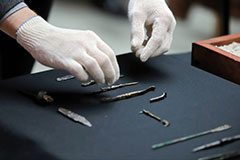
HUNGARY

HUNGARY: A Roman doctor traveling far from home 2,000 years ago was buried with his specialized instruments. A wooden box found at the physician’s feet contained an array of high-quality copper-alloy and silver medical tools, including needles, tweezers, forceps, and scalpels with replaceable blades. Experts believe the man had been trained in the Roman Empire but ventured beyond its borders to treat someone when he died unexpectedly and was interred near present-day Jászberény.
Related Content
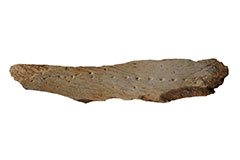
SPAIN

SPAIN: No one is exactly sure when people began wearing clothing, but a new discovery at a site in Catalonia suggests that the first modern humans in Europe were already tailoring their garments 40,000 years ago. A recently discovered animal bone with a series of small indentations may have been used as a punchboard when making holes in animal hides. It is the oldest known tool of its kind. The pieces of perforated leather could then be sewn together to create better-fitting apparel.
Related Content
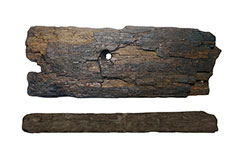
GREENLAND

GREENLAND: When Norse settlers arrived in Greenland in the 10th century A.D., they needed wood for fuel, to make tools, and to build ships and houses. While the island has small native trees and a supply of driftwood, these sources didn’t always meet the demands of high-status colonists. Analysis of wood fragments found at the farmstead of Igaliku suggests that from the 11th to 15th century, wealthier Norse Greenlanders journeyed to North America to procure robust hemlock and jack pine logs for construction projects—further evidence that Vikings visited the continent centuries before Columbus.
Related Content

BOLIVIA

BOLIVIA: Ground survey and satellite imagery revealed 135 enigmatic precolonial hilltop structures in the highlands of Carangas Province. These structures, which date to between 1250 and 1600, typically consist of concentric walls built on terraces around the hill’s summit. The largest one, named Waskiri, is 460 feet in diameter. The enclosures may have been used for ceremonies and ritual gatherings that appealed to local Andean divinities to ensure favorable agricultural conditions in the region’s harsh climate.
Related Content
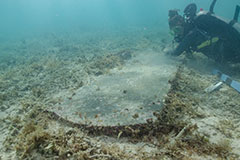
FLORIDA

FLORIDA: Divers located a 19th-century quarantine hospital and a cemetery on a submerged island in Dry Tortugas National Park, 70 miles west of Key West. The building was used between 1890 and 1900 to house patients suffering from yellow fever. The burial ground served as the final resting place for soldiers and civilians stationed at nearby Fort Jefferson. These included a laborer named John Greer, whose recently identified headstone records that he died at the fort on November 5, 1861.


